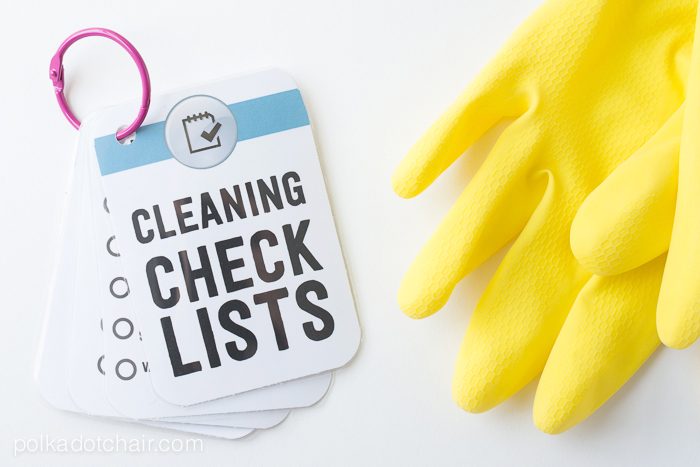Selling a Vacant House: A Comprehensive Guide
Selling a vacant house can present both opportunities and challenges for homeowners. While a vacant property may lack the warmth and homeliness that staged homes possess, it also offers potential buyers a blank canvas upon which they can project their own visions. However, to effectively sell a vacant house, strategic planning, attention to detail, and targeted marketing efforts are essential. In this guide, we will explore the key steps involved in selling a vacant house and provide practical tips to maximize its appeal to prospective buyers.

01
Prepare the Property
Before listing a vacant house on the market, it’s crucial to ensure that the property is in optimal condition. Start by thoroughly cleaning the interior and exterior spaces, removing any debris, and addressing any maintenance issues such as leaky faucets, broken windows, or chipped paint. Consider hiring a professional cleaning service and a handyman to handle repairs if necessary.
02
Stage the Space
While the house may be vacant, staging plays a critical role in showcasing its potential to prospective buyers. Focus on highlighting the key features of each room and creating a welcoming atmosphere. Use neutral colors and minimalistic décor to appeal to a broad range of tastes. Additionally, consider renting furniture and accessories to stage the property if the budget allows. Well-staged rooms can help buyers visualize themselves living in the space and increase the perceived value of the property.
03
Professional Photography
High-quality photographs are essential for capturing the attention of potential buyers in today’s digital age. Hire a professional photographer to capture stunning images of the vacant house, both inside and out. Emphasize natural light and showcase the property’s best features to create visually appealing listings that stand out from the competition.
04
Create Compelling Listings
Craft engaging and descriptive listings that highlight the unique selling points of the vacant house. Provide detailed information about the property, including its size, layout, amenities, and any recent upgrades or renovations. Use compelling language to evoke emotion and pique the interest of potential buyers. Incorporate keywords and phrases that resonate with your target market to improve search engine visibility and attract more qualified leads.


05
Utilize Online Platforms
Take advantage of online platforms and real estate websites to reach a wider audience of potential buyers. Create professional listings on popular sites such as Zillow, Realtor.com, and Trulia, and leverage social media channels to promote the property to your network. Consider investing in targeted online advertising campaigns to increase exposure and generate more leads.
06
Host Virtual Tours
Incorporate virtual tours and 3D walkthroughs into your marketing strategy to provide prospective buyers with an immersive viewing experience. Virtual tours allow buyers to explore the vacant house from the comfort of their own homes and gain a better understanding of its layout and features. Partner with a reputable virtual tour provider to create captivating digital presentations that showcase the property’s full potential.
07
Highlight Neighborhood Amenities
In addition to showcasing the vacant house itself, highlight the surrounding neighborhood amenities and attractions that add value to the property. Include information about nearby schools, parks, shopping centers, restaurants, and public transportation options. Emphasize the convenience and quality of life that the neighborhood offers to potential buyers, particularly those who may be relocating or unfamiliar with the area.
08
Price Strategically
Set a competitive and realistic asking price based on the current market conditions, comparable sales in the area, and the unique features of the vacant house. Work with a knowledgeable real estate agent to conduct a comparative market analysis and determine the optimal pricing strategy. Avoid overpricing the property, as this can deter potential buyers and prolong the selling process. Be prepared to adjust the price if necessary based on feedback from prospective buyers and market trends.


09
Schedule Open Houses and Showings
Organize regular open houses and private showings to give prospective buyers the opportunity to experience the vacant house firsthand. Coordinate with your real estate agent to schedule convenient viewing times and ensure that the property is well-presented and accessible to visitors. Encourage feedback from attendees and be responsive to inquiries to maintain momentum and generate interest in the listing.
10
Negotiate Offers
When you receive offers from interested buyers, carefully review each proposal with your real estate agent and consider the terms and conditions outlined. Negotiate in good faith and be prepared to make counteroffers to reach a mutually beneficial agreement. Keep in mind that selling a vacant house may require flexibility and patience, especially in a competitive market.



